Douglas Small at Aeon Magazine:
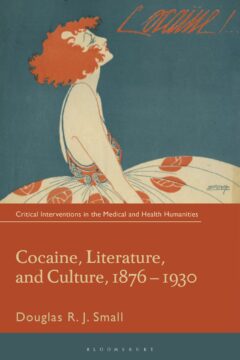 In the winter of 1886, William Alexander Hammond – a famed neurologist and the former Surgeon General of the United States Army – took an enormous amount of cocaine. A reporter from the New York paper The Sun who interviewed him waggishly observed that the doctor had been ‘on a terrific spree for science’. Hammond had experimentally worked his way through as many different ways of taking the drug in as many different quantities as he could devise: he tried fluid extracts of coca (the plant from which pure cocaine is extracted), mixed grains of cocaine hydrochloride into purified wines, and eventually began injecting the drug hypodermically. The injections, he said, gave him ‘a delightful, undulating thrill’. On cocaine, everything felt ‘refined’ and ‘softened’. Hammond became intensely talkative: when he was alone, he would talk to himself at great length. ‘I became,’ he said, ‘rather sentimental and said nice things to everybody. The world was going very well, and I had a favourable opinion of my fellow men and women … I enjoyed myself hugely.’
In the winter of 1886, William Alexander Hammond – a famed neurologist and the former Surgeon General of the United States Army – took an enormous amount of cocaine. A reporter from the New York paper The Sun who interviewed him waggishly observed that the doctor had been ‘on a terrific spree for science’. Hammond had experimentally worked his way through as many different ways of taking the drug in as many different quantities as he could devise: he tried fluid extracts of coca (the plant from which pure cocaine is extracted), mixed grains of cocaine hydrochloride into purified wines, and eventually began injecting the drug hypodermically. The injections, he said, gave him ‘a delightful, undulating thrill’. On cocaine, everything felt ‘refined’ and ‘softened’. Hammond became intensely talkative: when he was alone, he would talk to himself at great length. ‘I became,’ he said, ‘rather sentimental and said nice things to everybody. The world was going very well, and I had a favourable opinion of my fellow men and women … I enjoyed myself hugely.’
more here.
Enjoying the content on 3QD? Help keep us going by donating now.


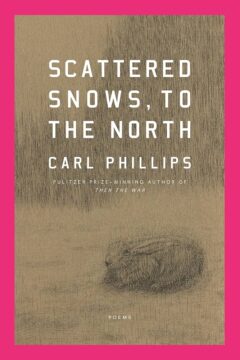 In 1999, nearly a decade after he first devoted himself to poetry, Phillips drove through a blizzard to interview the poet
In 1999, nearly a decade after he first devoted himself to poetry, Phillips drove through a blizzard to interview the poet  T
T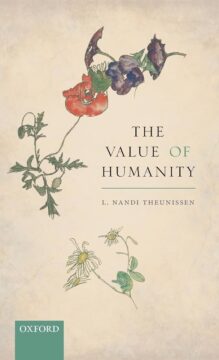 Academic philosophers—people for whom philosophy is a profession—like to joke about their discomfort on airplanes. As you make light conversation with your neighbor, the question of what you do for a living tends to come up, and then you have to cope with other people’s ideas about what it is to “do philosophy.” A friend from graduate school confessed that he hated these conversations so much he would pretend to be a mathematician. (Why not a financial adviser or a travel agent?) A colleague from my first job at Johns Hopkins would head things off by saying “I teach philosophy” rather than “I am a philosopher.” It definitely sounds more approachable. But when I still felt the novelty of being a professional philosopher—and pride at having survived the rigors of graduate school—I was not about to dumb it down. I was even eager to tell people I was a philosopher. Follow-up questions fell within a range: Who are your favorite philosophers? Does anyone listen to you? Isn’t that a job from the olden days?
Academic philosophers—people for whom philosophy is a profession—like to joke about their discomfort on airplanes. As you make light conversation with your neighbor, the question of what you do for a living tends to come up, and then you have to cope with other people’s ideas about what it is to “do philosophy.” A friend from graduate school confessed that he hated these conversations so much he would pretend to be a mathematician. (Why not a financial adviser or a travel agent?) A colleague from my first job at Johns Hopkins would head things off by saying “I teach philosophy” rather than “I am a philosopher.” It definitely sounds more approachable. But when I still felt the novelty of being a professional philosopher—and pride at having survived the rigors of graduate school—I was not about to dumb it down. I was even eager to tell people I was a philosopher. Follow-up questions fell within a range: Who are your favorite philosophers? Does anyone listen to you? Isn’t that a job from the olden days? A
A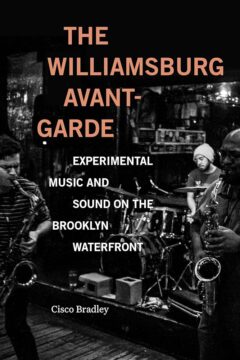 CISCO BRADLEY’S The Williamsburg Avant-Garde: Experimental Music and Sound on the Brooklyn Waterfront (2023) chronicles a vital and now-vanished facet of American musical and cultural history in New York City from the mid-1980s to 2015. The book investigates how, amid hypercommercialism and mutating audio technologies, bold musicians, expert and amateur alike, impelled by a big-hearted DIY ethos, made new, imaginative music as public, independent, and free as possible by exploiting urban niches and cultural interstices, using dive bars, loft spaces, garages, warehouses, restaurants, and cafés as musical laboratories for experiments in sound, installation, and performance.
CISCO BRADLEY’S The Williamsburg Avant-Garde: Experimental Music and Sound on the Brooklyn Waterfront (2023) chronicles a vital and now-vanished facet of American musical and cultural history in New York City from the mid-1980s to 2015. The book investigates how, amid hypercommercialism and mutating audio technologies, bold musicians, expert and amateur alike, impelled by a big-hearted DIY ethos, made new, imaginative music as public, independent, and free as possible by exploiting urban niches and cultural interstices, using dive bars, loft spaces, garages, warehouses, restaurants, and cafés as musical laboratories for experiments in sound, installation, and performance.
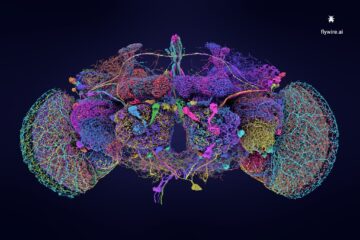 A fruit fly’s brain is smaller than a poppy seed, but it packs tremendous complexity into that tiny space. Over 140,000 neurons are joined together by more than 490 feet of wiring, as long as four blue whales placed end to end.
A fruit fly’s brain is smaller than a poppy seed, but it packs tremendous complexity into that tiny space. Over 140,000 neurons are joined together by more than 490 feet of wiring, as long as four blue whales placed end to end. When Bernie Sanders was asked in a 2016 Democratic presidential debate what “democratic socialism” meant to him, he
When Bernie Sanders was asked in a 2016 Democratic presidential debate what “democratic socialism” meant to him, he  In 2021,
In 2021,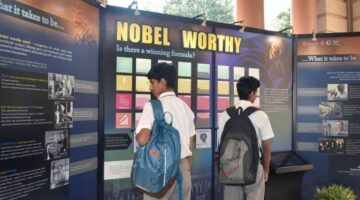 The Nobel prize has been awarded in three scientific fields —
The Nobel prize has been awarded in three scientific fields — 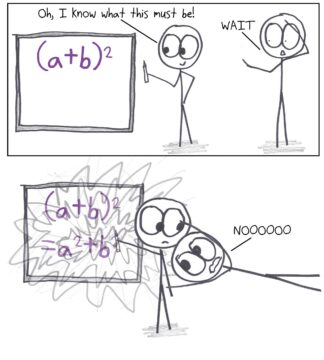 Ars Technica: People who are not mathematically inclined usually see all those abstract symbols and their eyes glaze over. Let’s talk about the nature of symbols in math and why becoming more familiar with mathematical notation can help non-math people surmount that language barrier.
Ars Technica: People who are not mathematically inclined usually see all those abstract symbols and their eyes glaze over. Let’s talk about the nature of symbols in math and why becoming more familiar with mathematical notation can help non-math people surmount that language barrier.